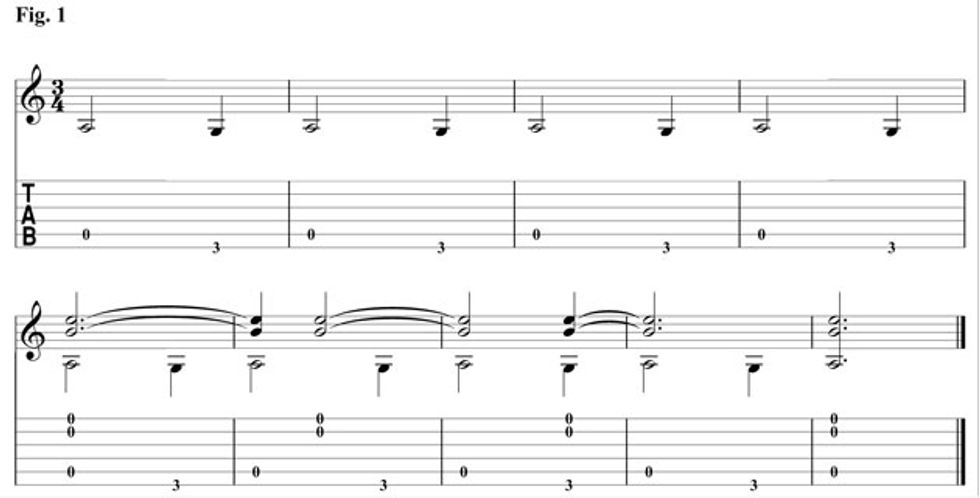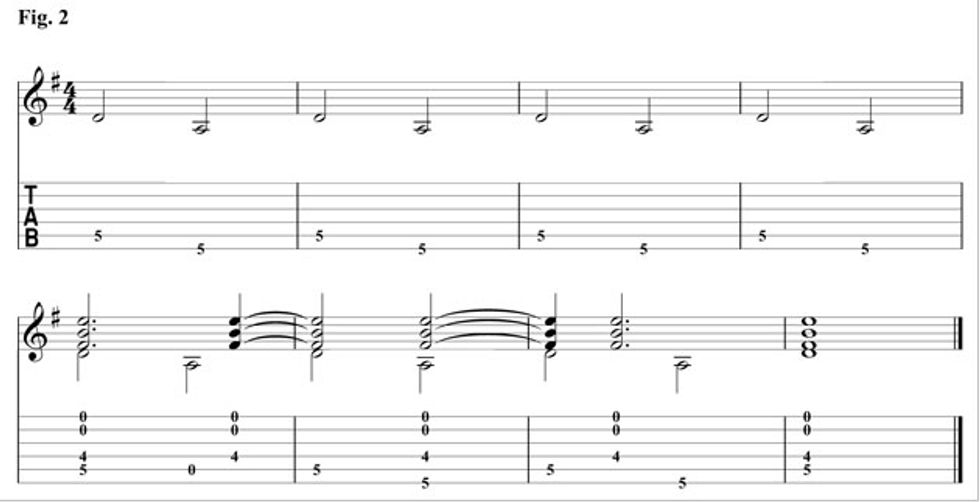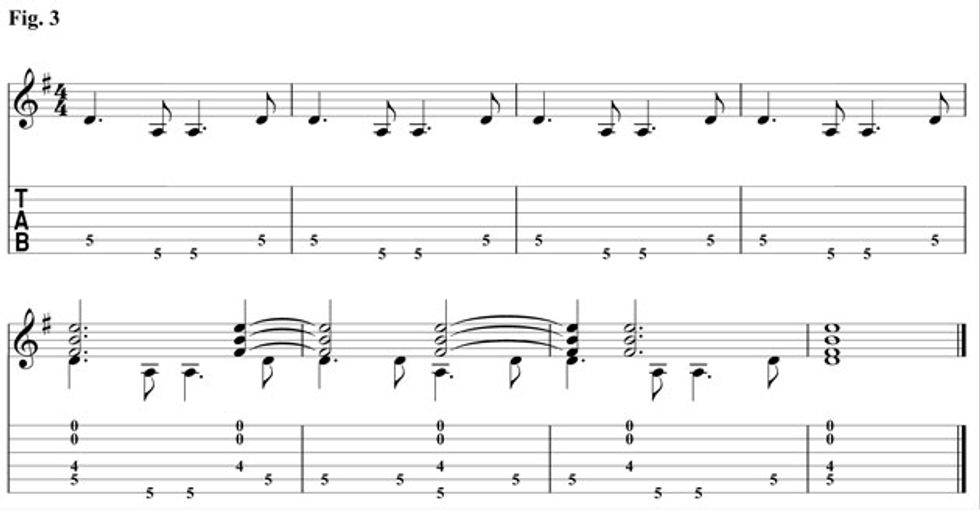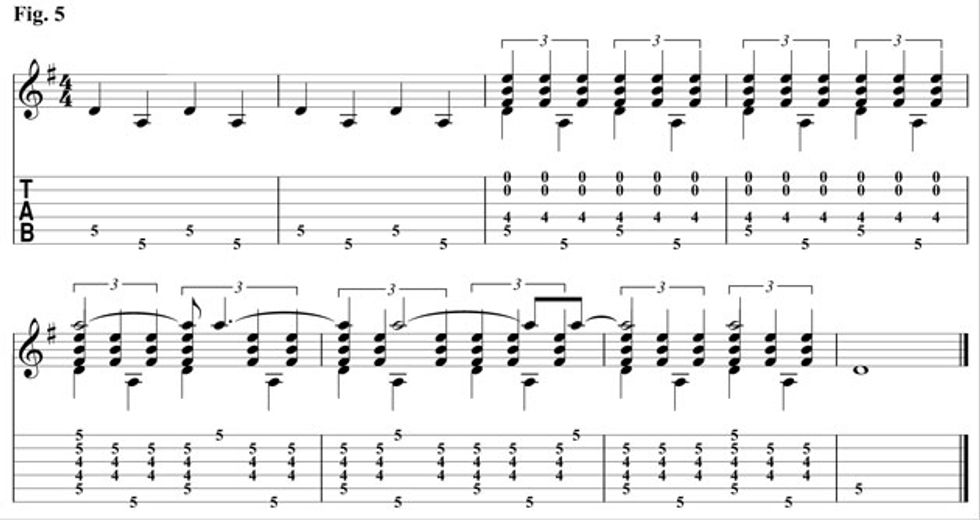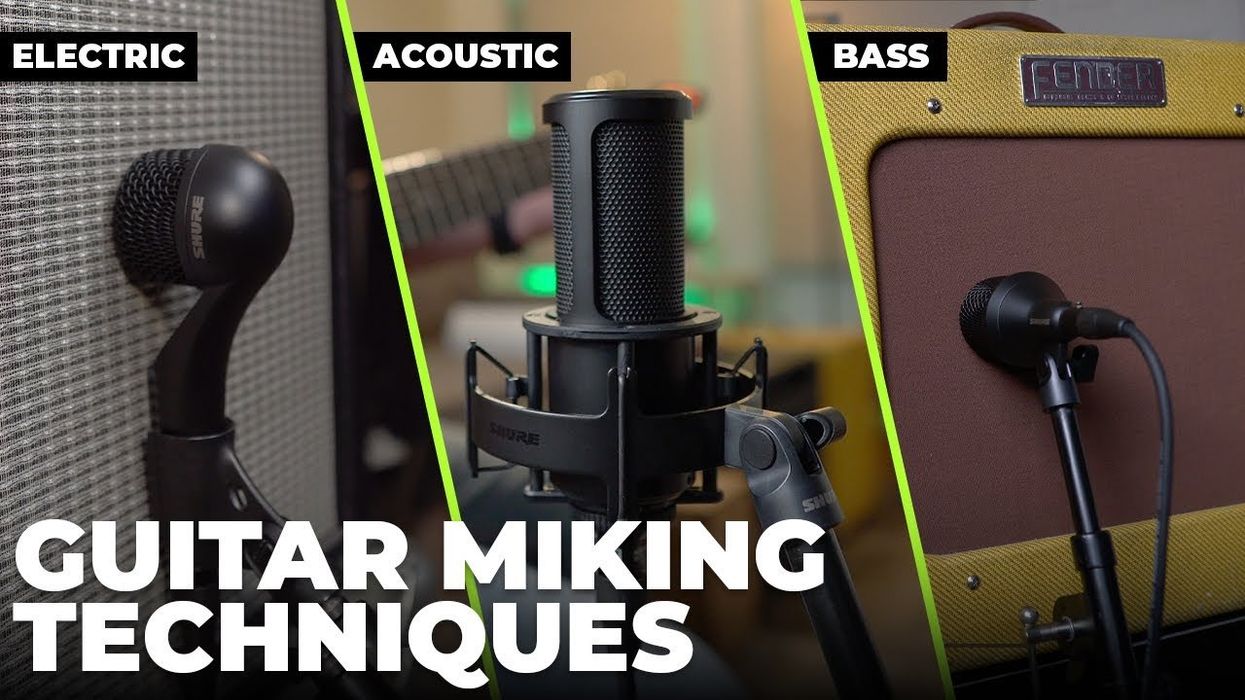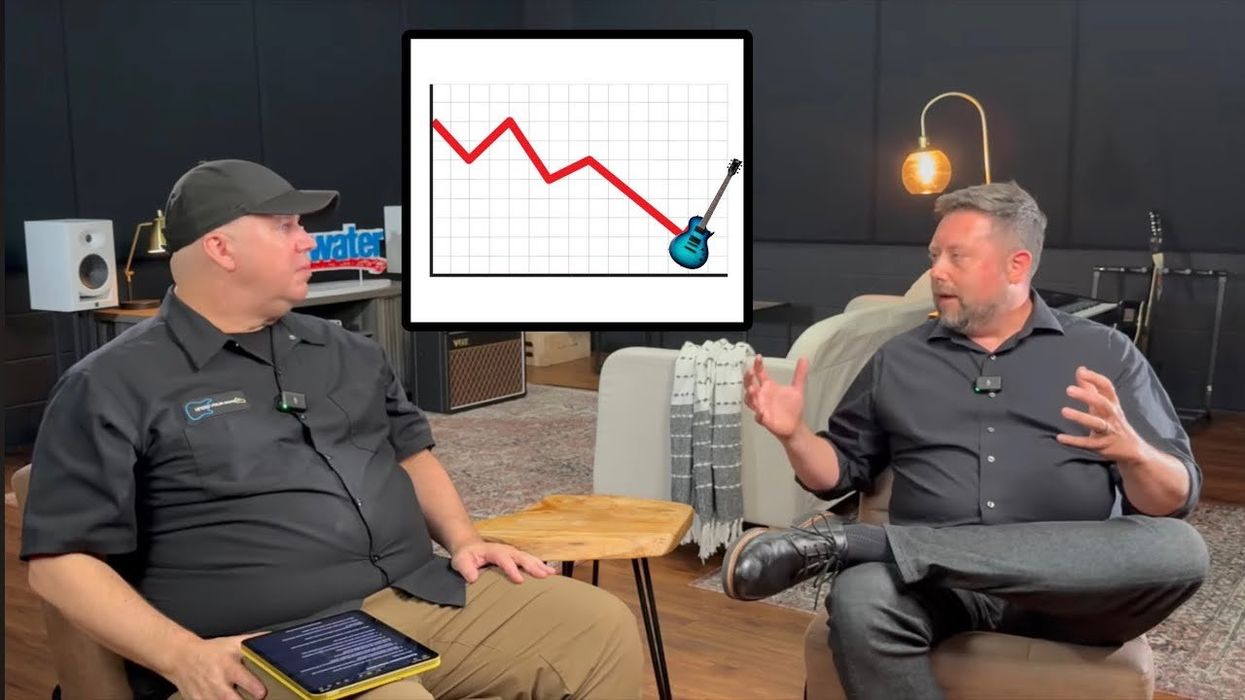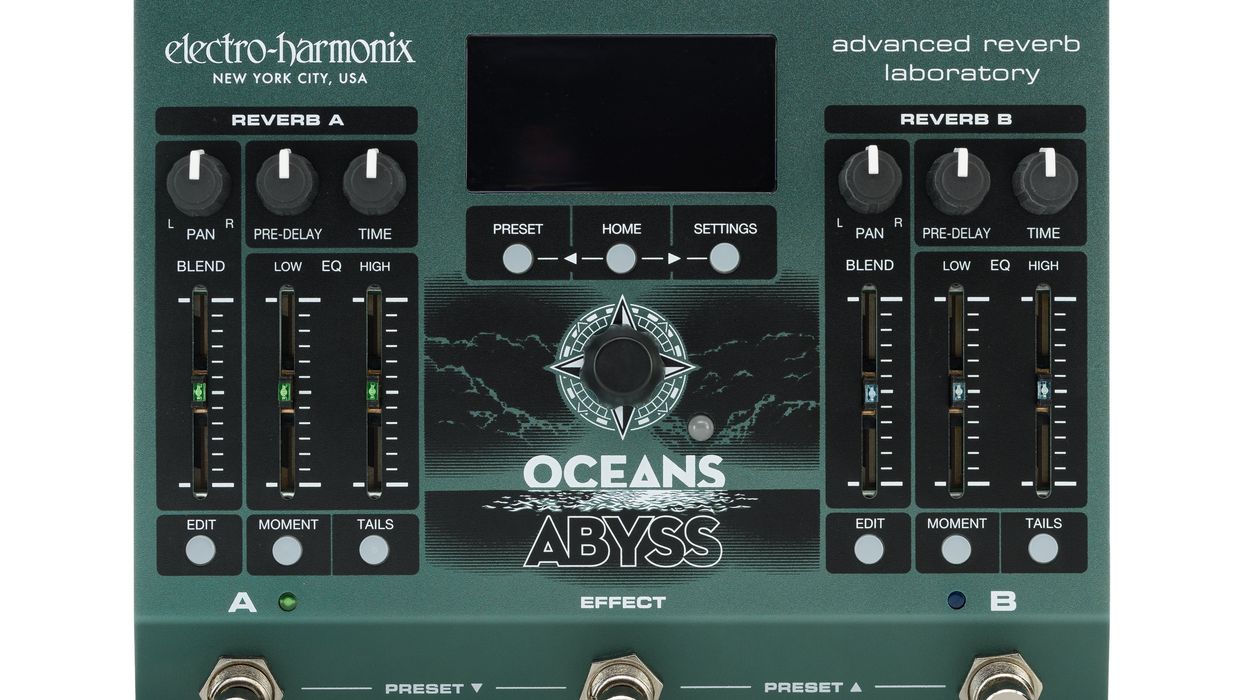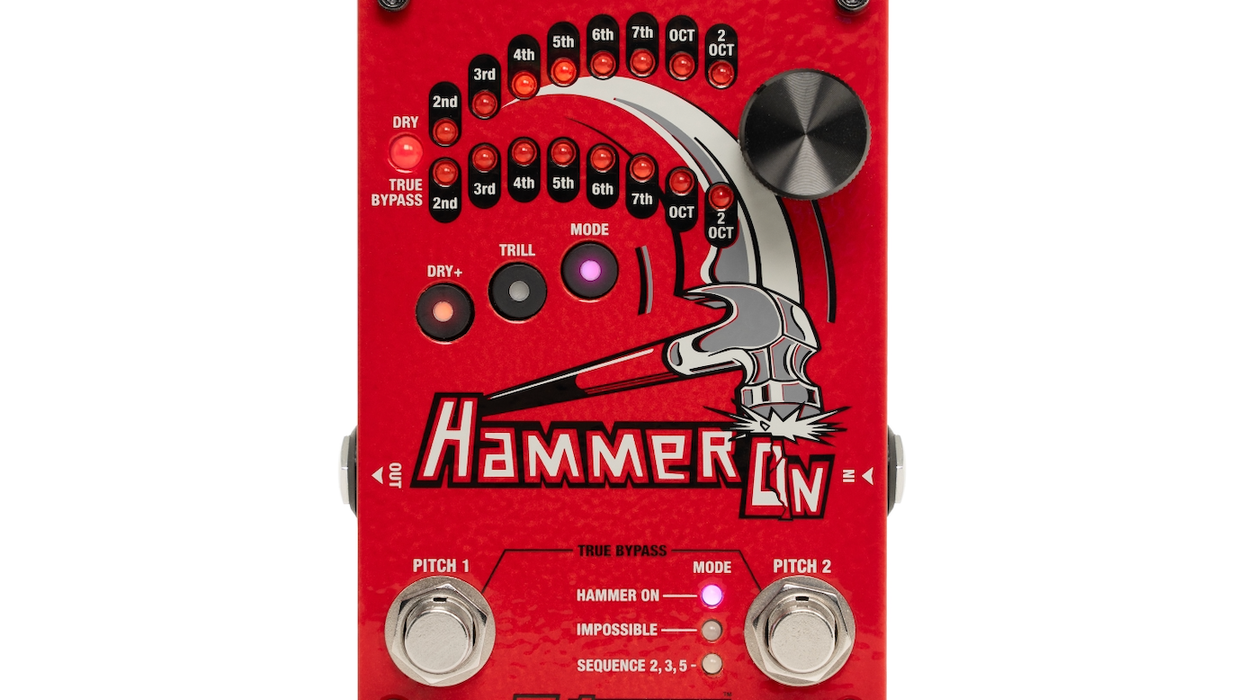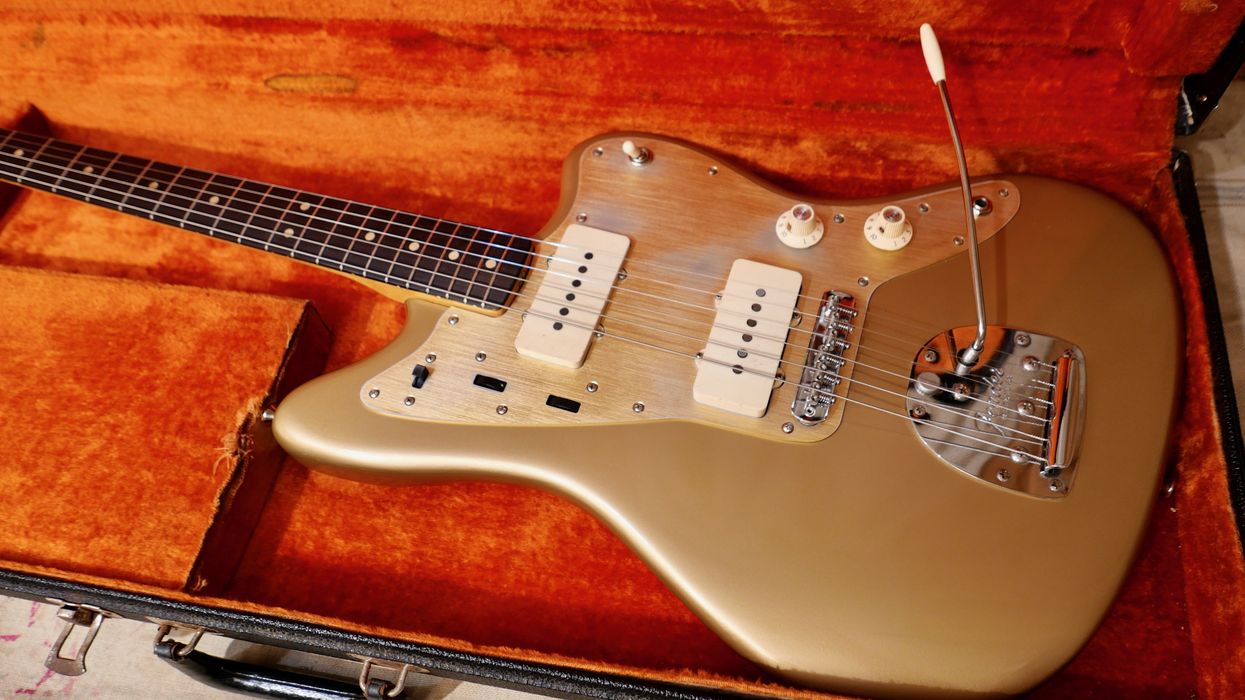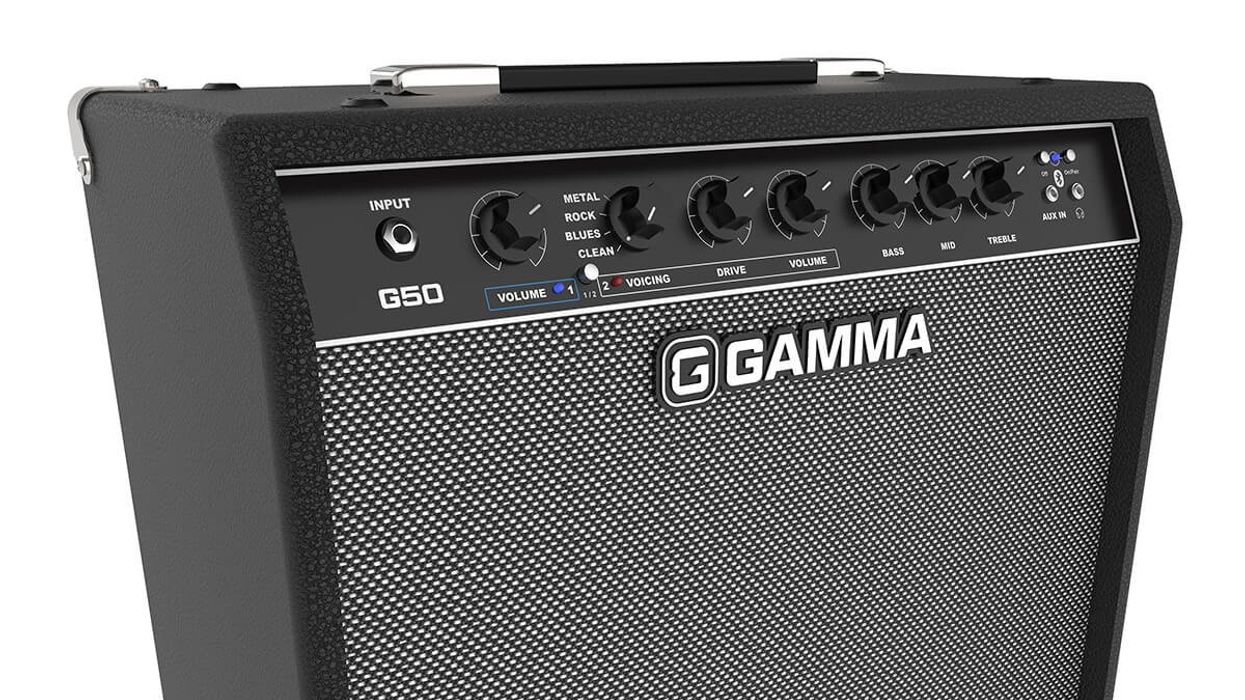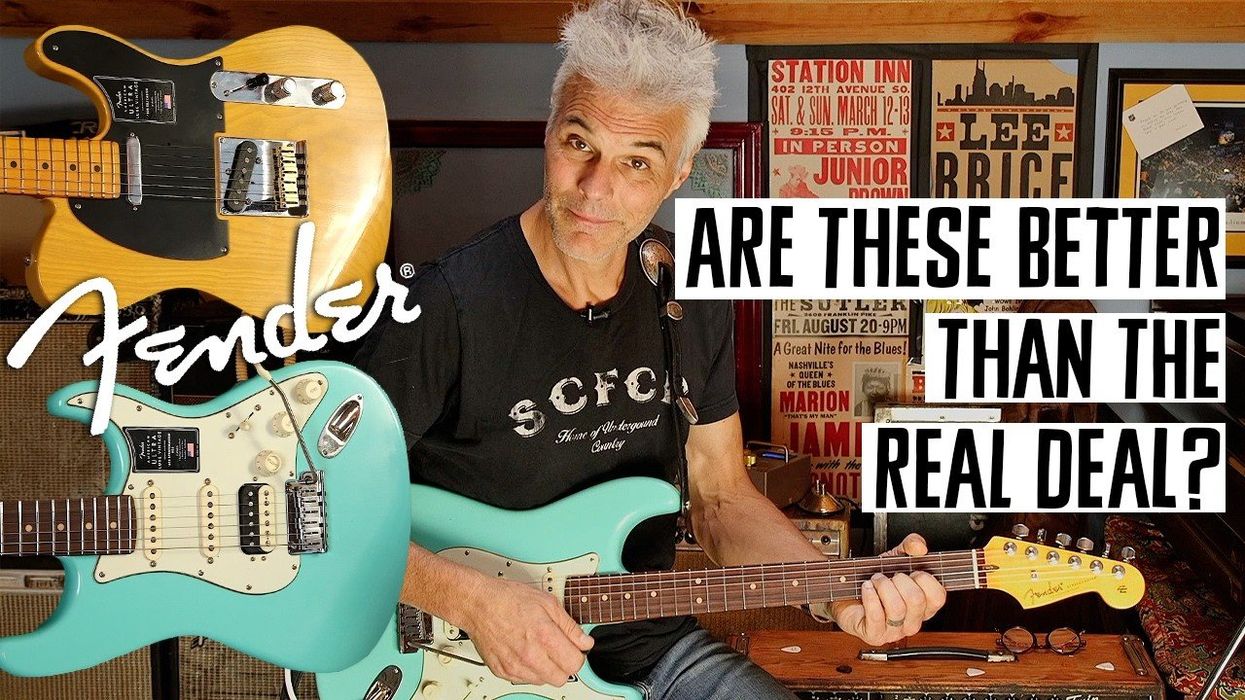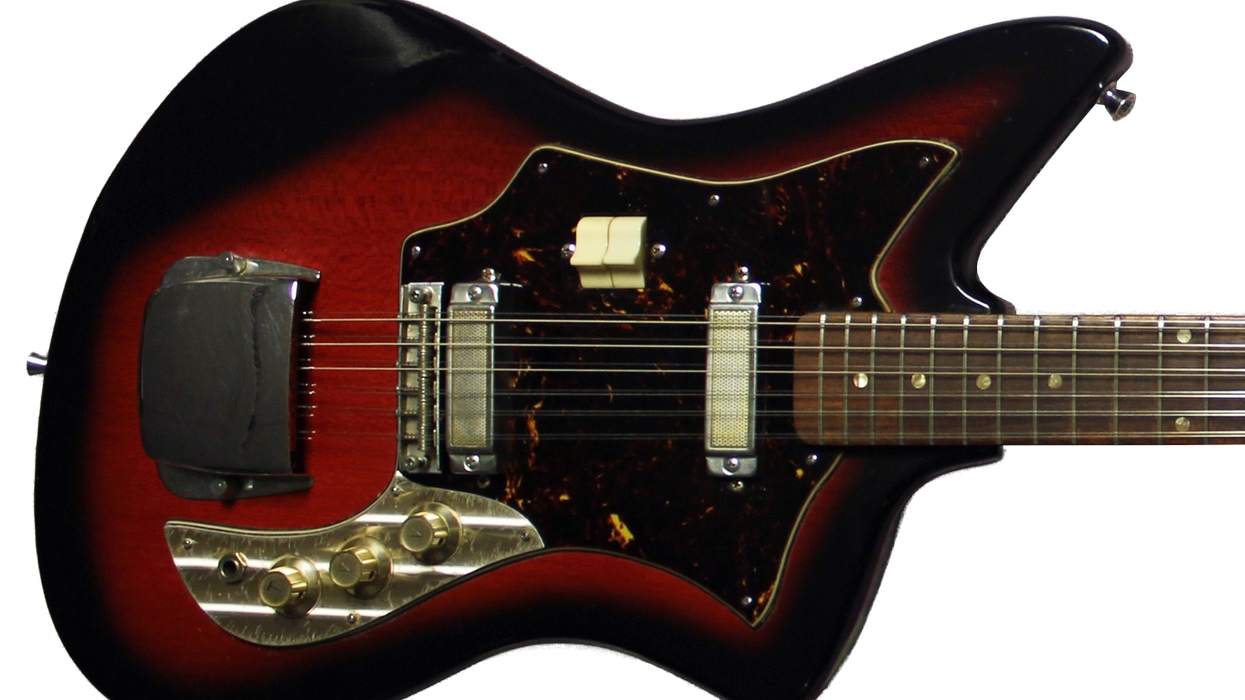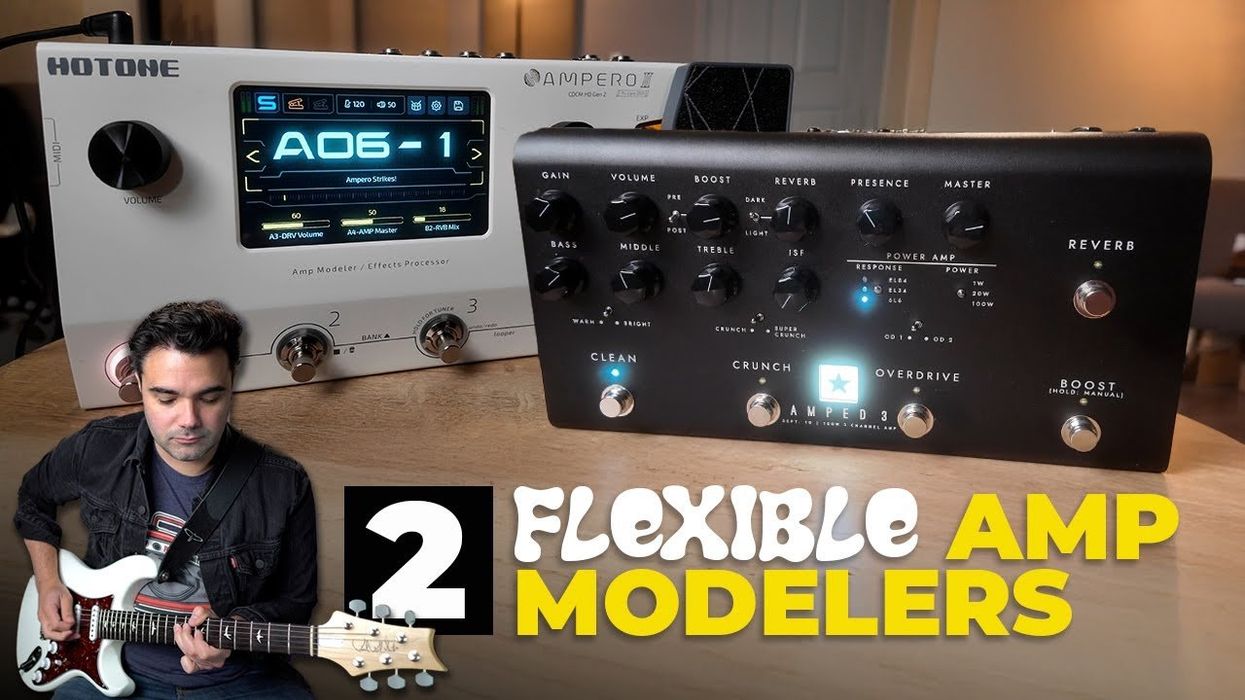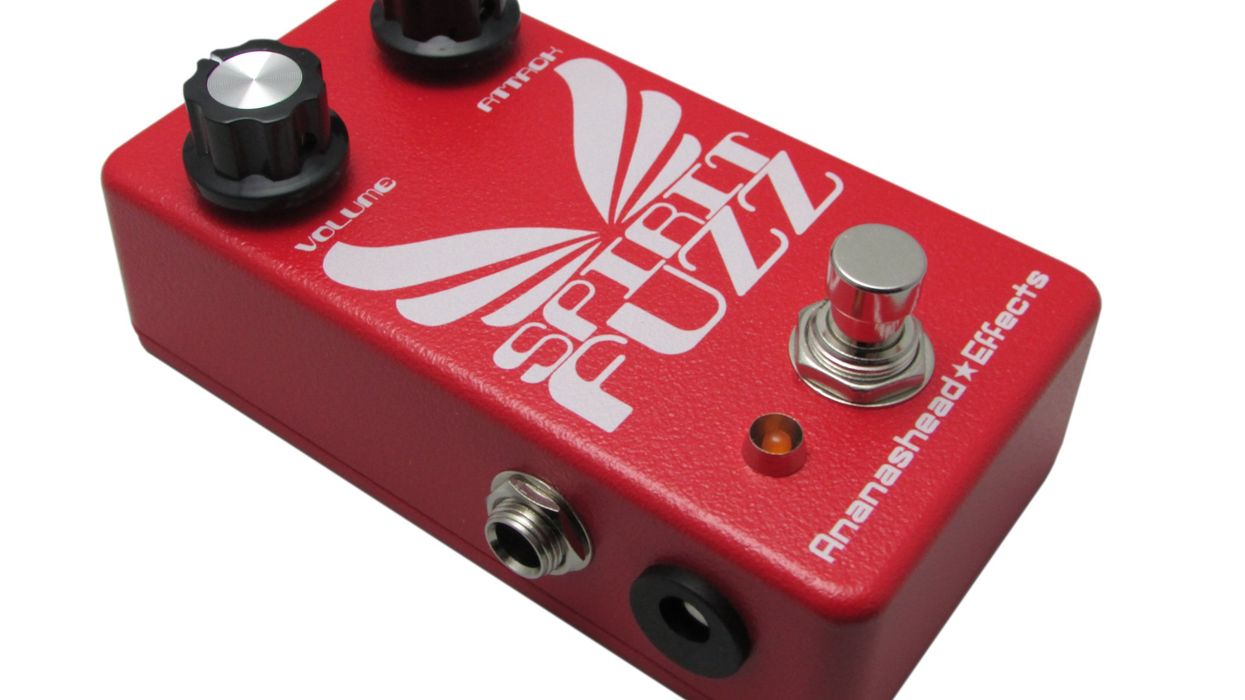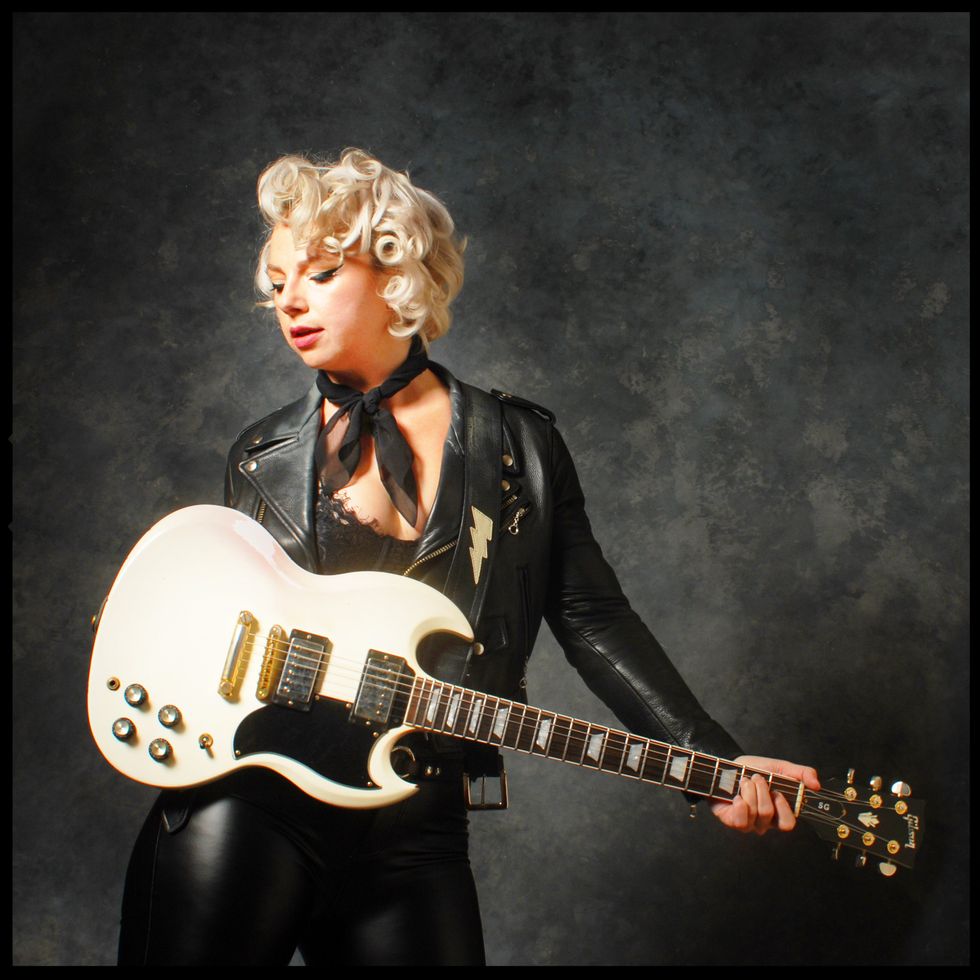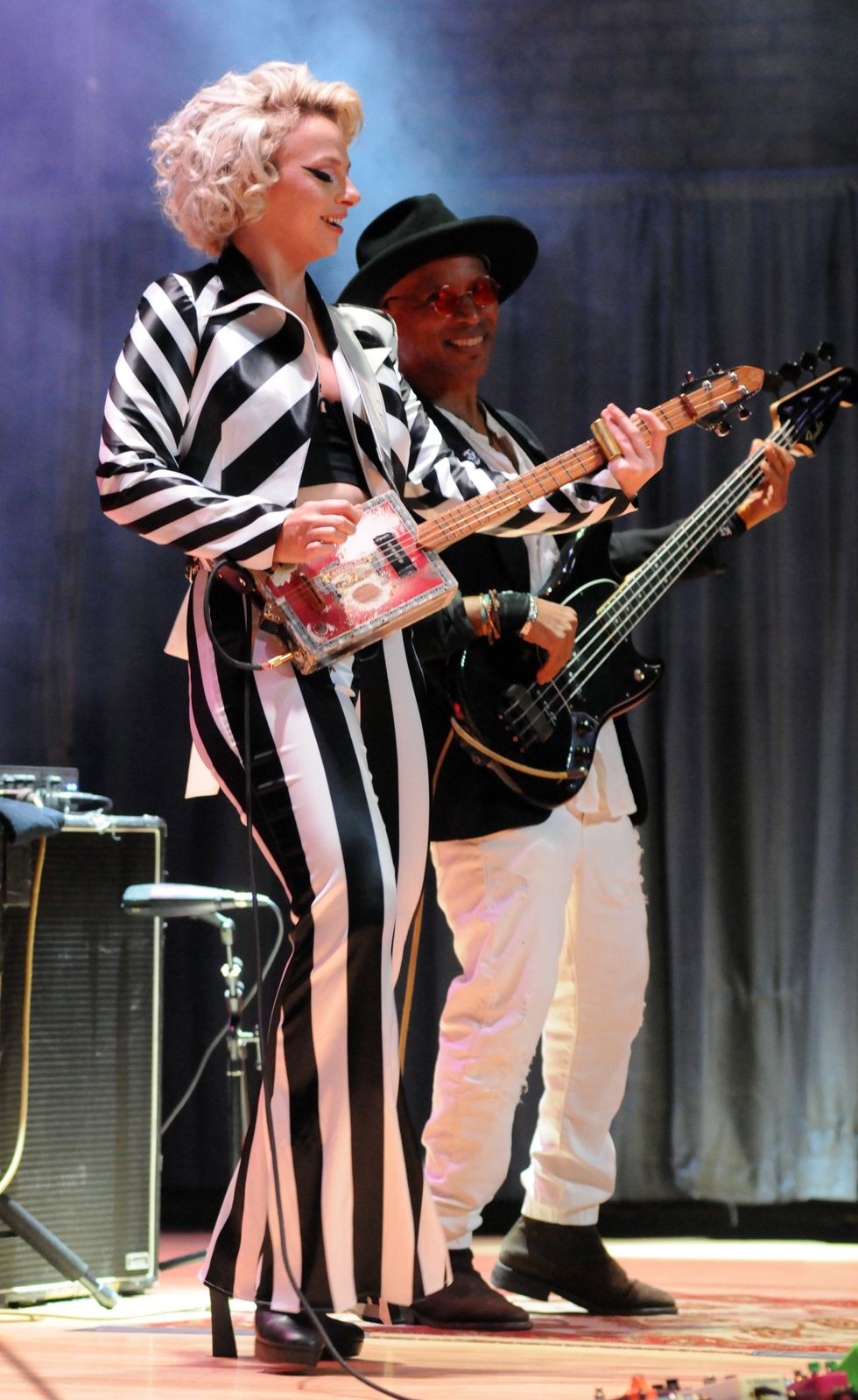Chops: Intermediate/Advanced
Theory: Intermediate
Lesson Overview:
• Understand the basic concept of combining two different rhythms.
• Improve your fingerstyle technique.
• Learn how to incorporate polyrhythms into bossa nova and jazz tunes.
Click here to download a printable PDF of this lesson's notation.
In the classical world, a polyrhythm is a device that invokes two different rhythms at the same time to create tension. Polyrhythms are found in the traditional music of Africa, India, and Indonesia, and such bands as King Crimson and Meshuggah have adapted these compelling sounds to prog rock, metal, and other contemporary styles. In fact, ask any drummer you know. Chances are, he or she probably uses these rhythms.
Guitarists often focus on chops or harmony, while letting rhythmic studies take a back seat. Yet because polyrhythms are becoming more and more prevalent in cutting-edge modern music, they’re certainly worth investigating.
The best way to effectively use these polyrhythmic ideas is to learn how to simultaneously play the layered rhythms yourself and not just chunk away in a different time signature while your drummer is laying it down in groove town. You want to be able to feel both rhythms and ideally weave in and out of each while improvising, composing, or drinking coffee.
Below you will find a couple of warm-up examples that will help unlock these tricky rhythms. This lesson is all about time, and if this is your first foray into playing these types of rhythms I’d recommend using a metronome. There are many metronome apps (some are even free) that will allow you to program multiple rhythms at once. But this isn’t a necessity for this lesson—an old-fashioned wind-up metronome will certainly do the trick.
Fig. 1 is a preliminary warm-up. We start with a bass line in 3/4 and then add a comping phrase on top in 4/4. Notice where the beats land as the superimposed rhythm gets displaced. On the fourth measure, the upper rhythm will land on the one again.
A simple trick for finding where these two rhythms will line up is to find the common multiple between the two time signatures. First, make sure they have the same subdivision. In this case, 3/4 and 4/4 are both quarter-note-based, so we’re in business. The common multiple between three and four is 12. That means that it will take 12 quarter-notes, or three measures of 4/4, to meet up together on beat one (elementary school arithmetic rears its ugly head).
Try to play this phrase while counting in four aloud, and then again while counting in three. Get comfortable with thinking of either rhythm as your “base rhythm.” In a playing situation, you may want to imply three against a drummer playing in four, or imply four over a drummer grooving in three.
Fig. 2 is a comping rhythm in 4/4 with a phrase in 3/4 on top. This is essentially the rhythm from our previous warm-up flipped upside down. Again, try to count this in both three and four.
Let’s add some anticipation to the bass note in Fig. 3. This gives us a bossa nova feel with the 3/4 rhythm superimposed on the top. Adding this type of bass line anticipation to your chord melody playing is a great way to give the illusion of two independent lines. Experiment!
Let’s take the bass line from Fig. 2 and think of it as quarter-notes. In Fig. 4, the phrase on top consists of quarter-note triplets, giving you a cool 3:2 exercise. Try to count the quarter-notes aloud. Lenny Breau uses this feel quite frequently. (This is also a great way to cue a drummer to do a metric modulation in three.)
Now for an extra challenge, let’s add a third layer. Starting in the fifth measure of Fig. 5, we accent every fifth eighth-note in the melody line. This gives us a 5:3:2 rhythm. Fun! Before attempting the three-way polyrhythm, you may want to first isolate the phrase of five eighth-notes against the quarter-note triplet, and then against the quarter-note pulse. Use your right-hand pinky to pluck the high A on the 1st string. Ben Monder and Ralph Towner are among the creative guitarists who often use these types of rhythms.
Perhaps this exercise seems needlessly complex, but the idea is to get you to feel multiple meters at once. You’ll find that improvising melodic lines against a moving bass line becomes a lot easier after you master these studies. There are many advantages to practicing these types of rhythms and there are endless combinations of ideas to try.
It’s very easy to expand upon the ideas in this lesson. Pick a rhythm or two (or three) and go to town. The best thing about these rhythms is they don’t require a guitar to practice them. I often find myself tapping out various rhythms on my steering wheel while caught in some of New Jersey’s famed traffic. They have also prevented me from losing my mind in a number of painful college classes. (I might not be able to say the same about those sitting next to me, however.) When you feel confident with any of these ideas, try incorporating them into a song or jam. But make sure to save the more obscure rhythmic combinations for the right atmosphere—perhaps your weekly restaurant gig isn’t the best place for this stuff.

